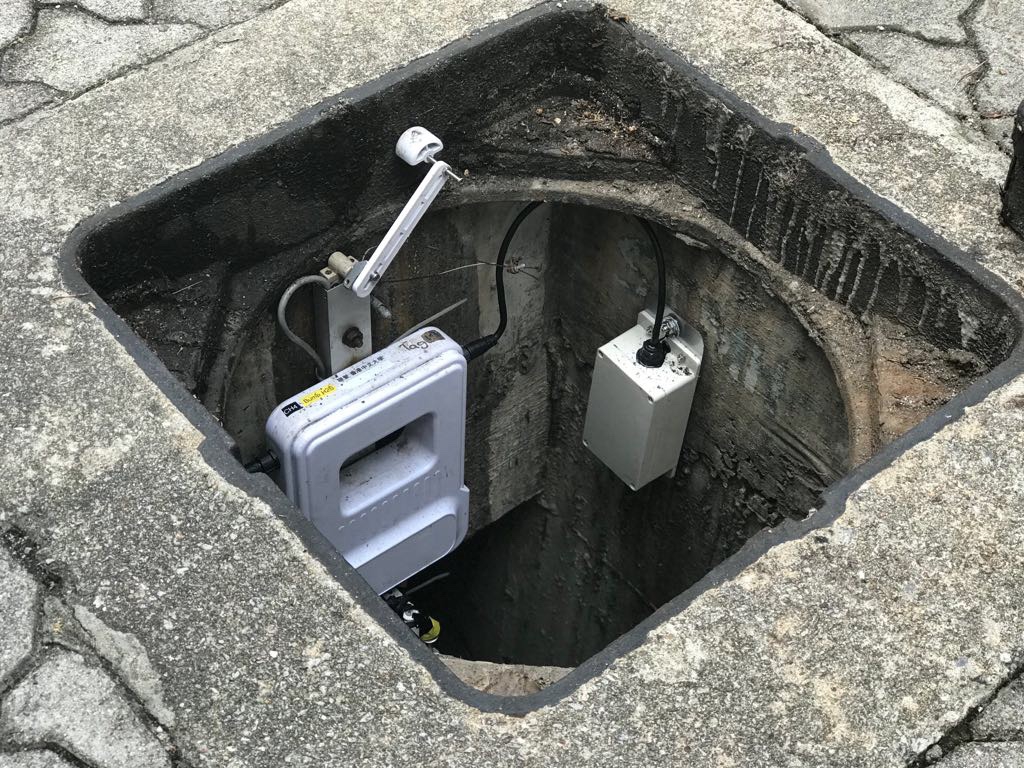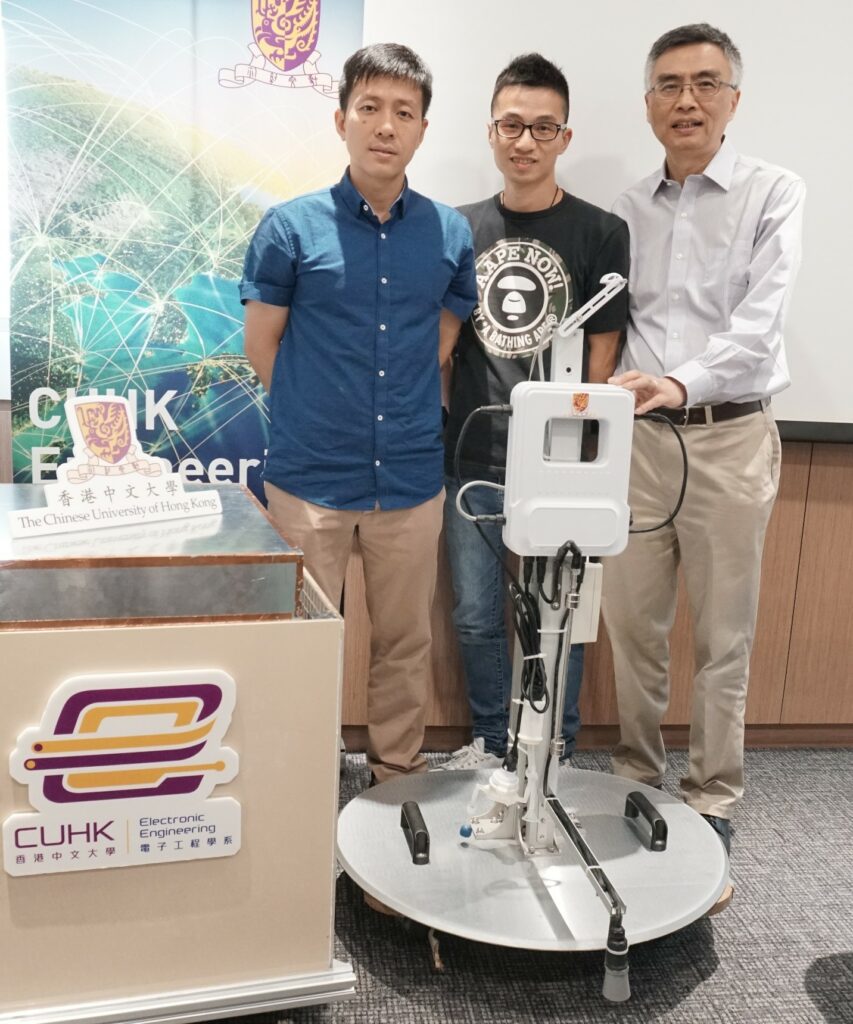The complexity of urban drainage systems and blockages may impose difficulties and dangers in performing an on-site inspection and detection of hazardous gases such as sulfur dioxide and methane in real-time, and even increase the risk of flooding associated with adverse weather conditions. The underground has been an extremely challenging environment for establishing a reliable wireless sensing network. Making use of the manhole cover as a part of the antenna of the communication module for transmitting sensor data, our team developed a first-to-its-kind wireless network for the smart drainage system to provide real-time information on drainage performance, the concentration of gases and water level.
Through the wireless signal transmission and big data analysis, the smart drainage system enables frontline staff to take proper and timely action on gas emission, illegal wastewater discharge, and blockage. The system offers a creative and intelligent solution to city’s drainage management and promotes smart city development in Hong Kong with minimal installation costs and software requirements.


Uniqueness and Competitive Advantages:
- Each underground device in the current system could be equipped with up to 5 different sensors to monitor the concentration of hydrogen sulfide (H2S), sulfur dioxide (SO2), methane (CH4), the change of water level, and to detect the opening status of the manhole cover
- The manhole cover used to be a conventional obstacle to the propagation of wireless signals due to the metal shielding effect, but the team has changed its nature to an adaptably tuned antenna for a low-frequency communication system so that the collected sensor data can be sent back from a device inside a manhole to the based stations on a rooftop
- The team has developed a very low power gas sampling device for gas sensors to prolong their lifetime while operating in a very humid and collusive underground environment to improve the durability and energy efficiency
